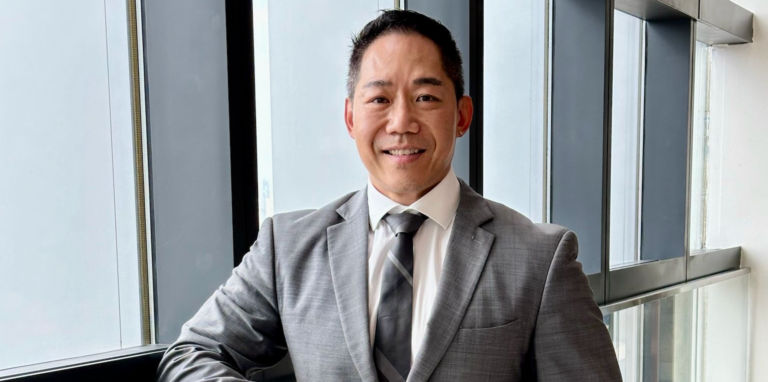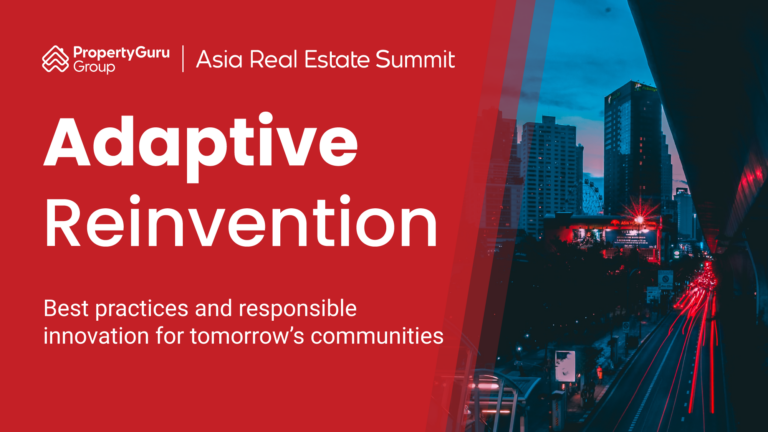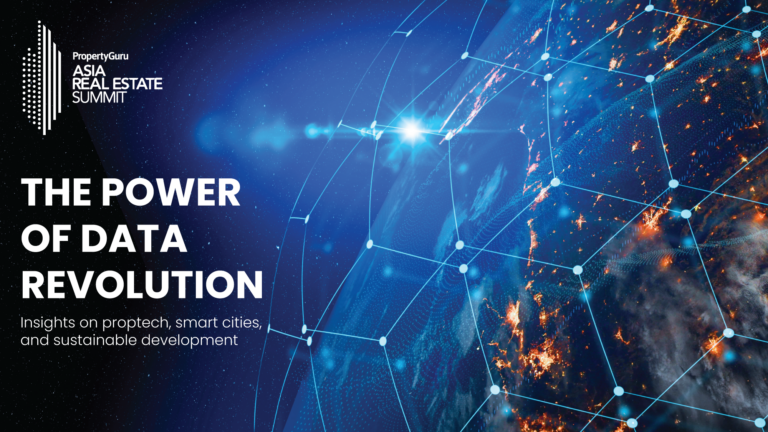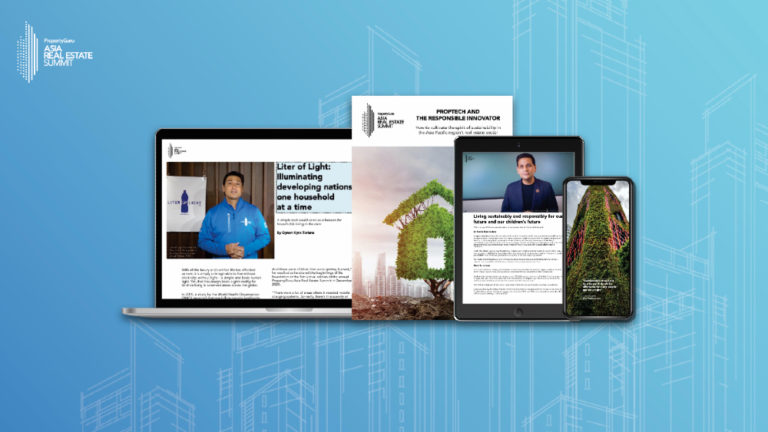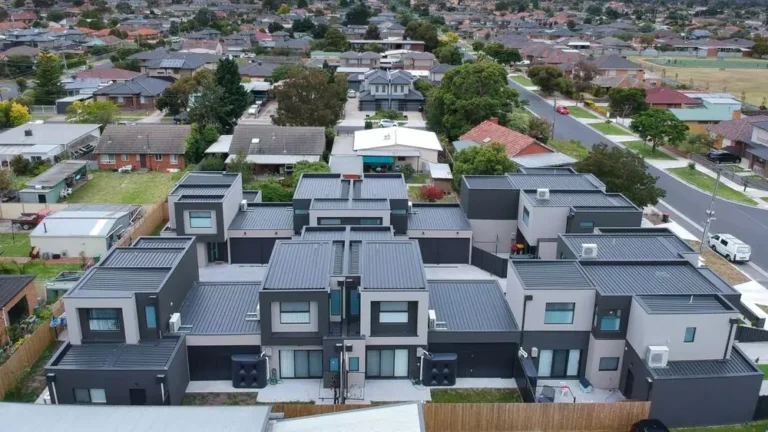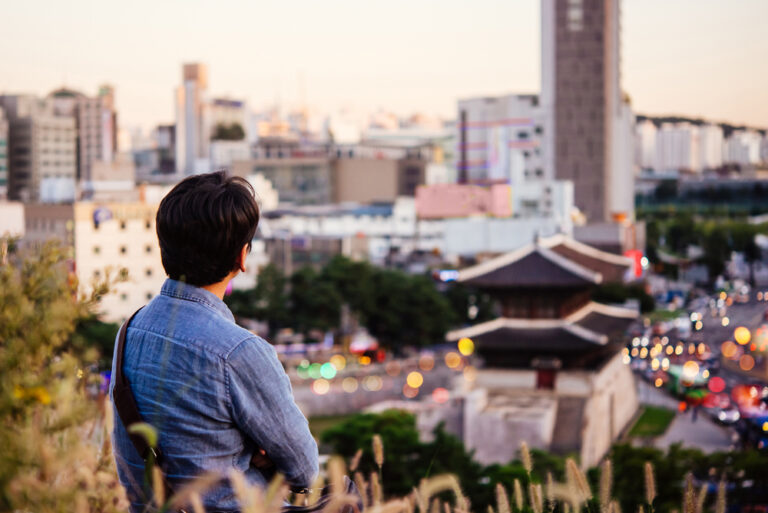Talking carbon zero goals with Prof. Jason Pomeroy
This article is based on the Fireside Chat at the PropertyGuru Asia Real Estate Summit originally presented on 3 December 2020.
With his experiences in designing energy-efficient homes in Malaysia and Singapore, he shares his thoughts on sustainability and carbon negative design
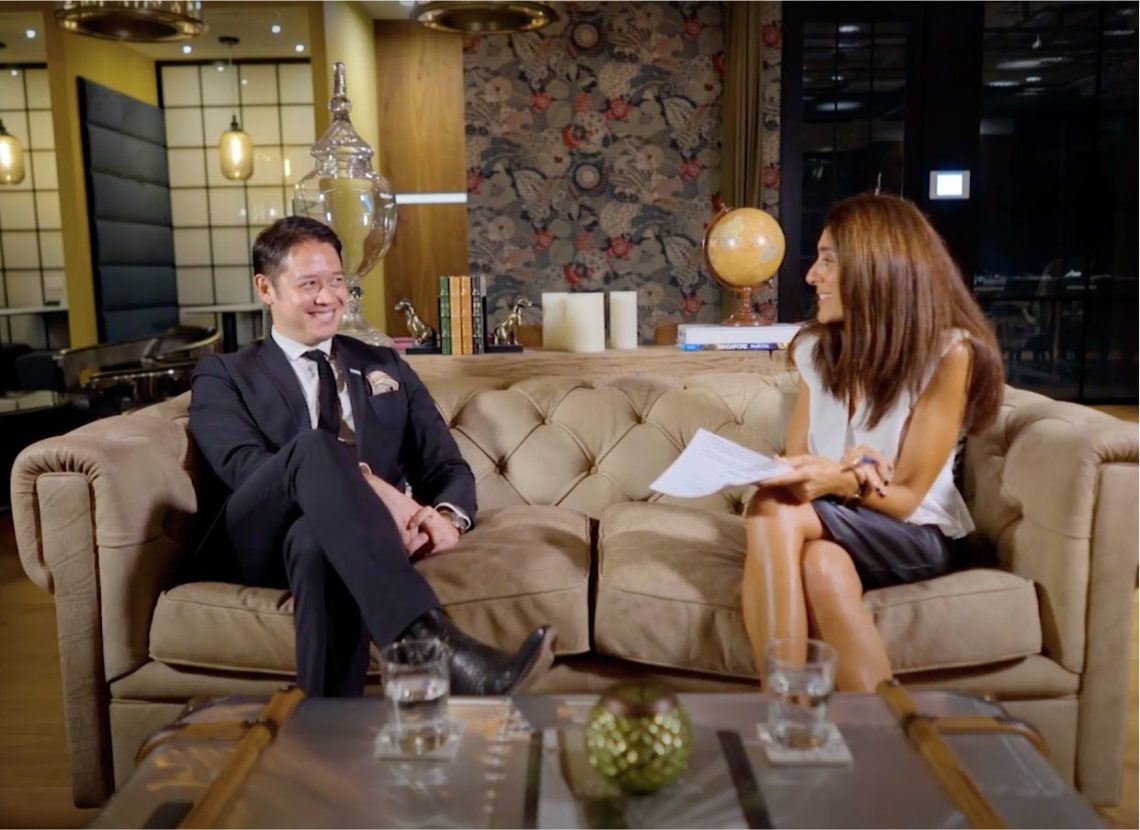
The idea of ‘carbon zero’ applies to developments that use renewable energy sources to generate energy for the building’s operations so that the net amount of energy needed equals the amount generated on-site.
Prof. Jason Pomeroy, founding principal of Pomeroy Studio and Pomeroy Academy, has pioneered ‘B House’, a carbon negative home in Singapore that has won accolades in sustainability and is renowned for promoting carbon wellbeing of the environment, and the wellness of its inhabitants.
In this conversation, he shares how carbon negative designs can be spread across Asia Pacific and how sustainability fits into our daily lives.
Begoña: In 2016, you surprised many in Singapore with the design of the B House, the first carbon negative house in the country. A similar project came to life in Malaysia afterwards. How can these award-winning design practices be replicated across the region? And is carbon negative design a myth?
Jason: I think the biggest challenge is when people look at a carbon negative building and they basically think, “Well, hold on a second, that’s going to cost more than an average building isn’t it,” but not really.
The gauntlet that was thrown down by our clients was, “I like the idea of the house, but I want you to design me the B House in Singapore and I want it for the same cost as an average home in Singapore” – and that was the perfect challenge. I thought about how we can enhance the green agenda, how we can demonstrate to the public that sustainability does not mean costly designs, but economic designs, and we’re able to do so.
Ultimately, driving down energy consumption, water consumption, and the running cost of the building, as well as using locally sourced materials and solar on the roof that would generate more energy than the house can consume, was what gave us the accolades that B House won.
We then thought that we can’t stop here. We need to further this line of progression and development. How can we do this for a SGD60,000 (USD44,000) home?
We wanted to try and challenge the affordable market. How do people who can’t afford a car, or to have the air conditioning blasting out all day long, still enjoy a greener lifestyle?
At the end of the day, if you are having difficulties with your energy and water bill and you can’t afford a car, you need to be living a very sustainable life. Thus, we created this house called ‘Optimma’, which was the starting point for zero-carbon community where the houses were approximately SGD60,000 and you also managed to have a car-sharing scheme. There were solar fields that would generate enough energy to offset the demand of the individual families using the properties.
The story goes on. From the Philippines, we then applied the same in Sweden. We wanted to ensure that people got the message that sustainable design is economic design, and it is good for the planet to do so. So, carbon negative design is not a myth. Definitely not.
Having a sustainable home is one thing, but most people still believe that living sustainably can be difficult. Can we all afford to be sustainable?
Sometimes, some of the most obvious signs of sustainability are glaring at you. For instance, when I was filming in India, I saw wonderful examples of sustainability. These parents were removing the dry cotton from a Johnson’s diaper. The diaper was wet, but they opened the diaper to salvage the dry cotton to be able to reuse.
Ultimately, it’s a hand to mouth existence, and they had to go through these measures to be able to sustain their everyday lives. It’s unfortunate that some of the most impoverished places in the world are forced into thinking very carefully about reducing, reusing, and recycling whatever they have purely to survive. It’s the privileged, developed economies that we see the bells and whistles of green technology.
I think it’s about trying to strike that balance and to bring that message to the people that there is a culture of sustainability that everybody should embrace. It means not leaving the light switched on or leaving sockets plucked in and seeing the loss of energy. That way, we optimise natural light and ventilation, and simply embrace the great outdoors. These small measures can go far in trying to reduce one‘s carbon footprint.
Whatever opportunity there is, I would try and bring this to a broader audience. That might be the lecture theatre for my students at Cambridge, but it might also be the TV series I do. These small incremental measures in trying to spread the message is particularly important.
Asia is the fastest-growing region in the world, the most populated, and with the biggest concentration of high-density cities. How can sustainability fit in the agenda of the governments, developers, and consumers?
I believe the way forward is to ensure that you don’t leave it to one voice to push the green agenda. You can rely on governments to say to the people, “this is how we’re going to do it.”
That is a top-down approach, which is quite forceful. At the same time, you can’t rely on the people to say, “we want to do x, y, and z because we think it’s in our interest.”
You can’t leave it on the private corporations to make a lot of money out of the green agenda. You can’t leave it to the academics to keep all their visions on paper, reports, books, and essays. It’s this ability to join these forces of influencers together.
You do need the people to voice what they want, but you also need academia to test some of those notions that the people offer. Once the academics can say that this works through the proof of concept and it’s going to be of benefit to society, you can then find corporations to invest in.
Finally, if the government can ratify that proof of concept, you then start to see a smart and sustainable approach to the built-in environment. Academia, civil society, state, and private corporations all working together to create a sustainable solution.
In the end, it all comes back to the point of needing a sustainable process to deliver the sustainable product.
When we talk about sustainability and climate change, it can sound too distant from the daily preoccupations of many people globally and in Asia where we live. However, this region has some of the world’s most polluted cities. Do we really know the benefits that sustainable living could bring to the well-being of Asian population?
The UN-Habitat group are doing remarkable work in trying to propagate the green agenda. The United Nations Sustainable Development Goals – which total 17 principles, cover everything from smart communities and cities all the way through fighting poverty – is a good starting point.
I think it means that governments need to be cognisant of these seventeen principles, but not use it so straight-forward. It should not be there as a checklist, but as a prompt for thinking. I do think that the parameters that are set out in those goals are equally applicable to the developing economies as they are to the developed economies.
Carbon negative design is not a myth. As we live in a world facing climate crisis, sustainable living and designs are more important than ever to protect the world we live in, as well as our own wellbeing. Embracing the culture of sustainability is simple to do in everyday life, and with the small incremental measures that each person takes, a huge message and difference can be spread across the world.
As sustainable architecture becomes more prevalent in society, people will be able to overcome the notion that sustainability is a costly design, but rather an economic design for everyone to enjoy a greener lifestyle.
The original version of this article appeared in Volume 1 of the PropertyGuru Asia Real Estate Summit (ARES) Digital White Paper. Write to our editors at [email protected].
Recommended
Meet the expert helping overseas investors crack Australia’s property market
Ivan Lam of property advisors Charter Keck Cramer helps clients navigate Australia’s complex real estate dynamics
ARES White Paper Volume 3: The era of adaptive reinvention
Pioneering sustainable and innovative practices in urban development
ARES White Paper Volume 2: Unravelling the power of data revolution in real estate
Insights on proptech, smart cities, and sustainable development
ARES Digital White Paper Volume 1: The fundamentals of responsible building
Green and climate heroes join forces to discuss how Asia Pacific can weather the current environmental crises and the looming effects of climate change
